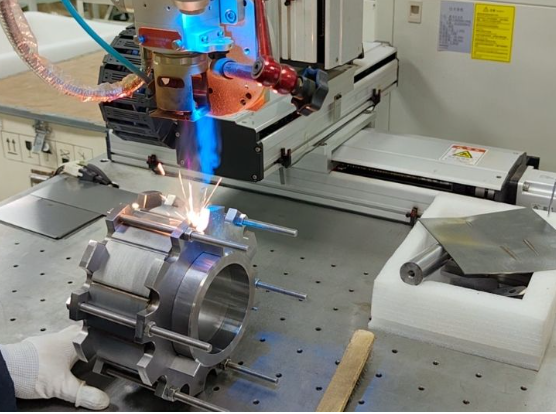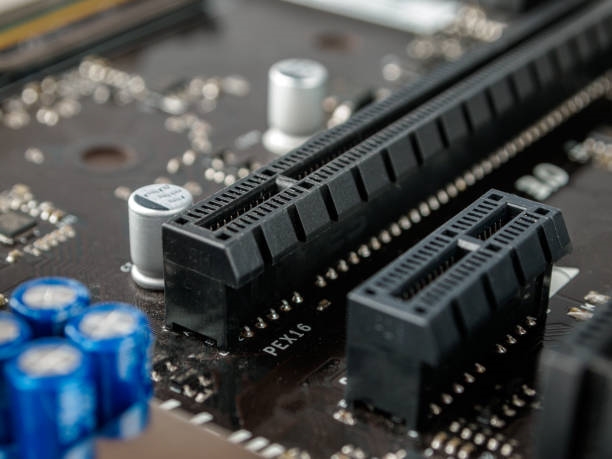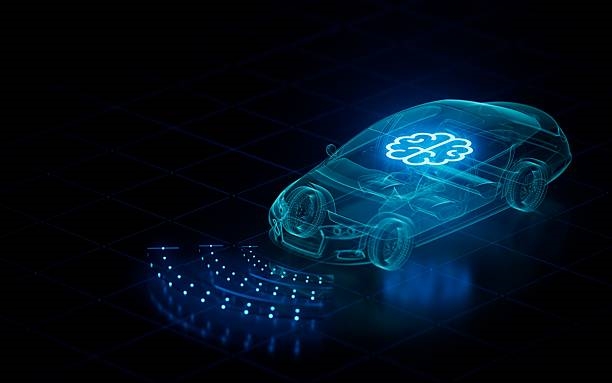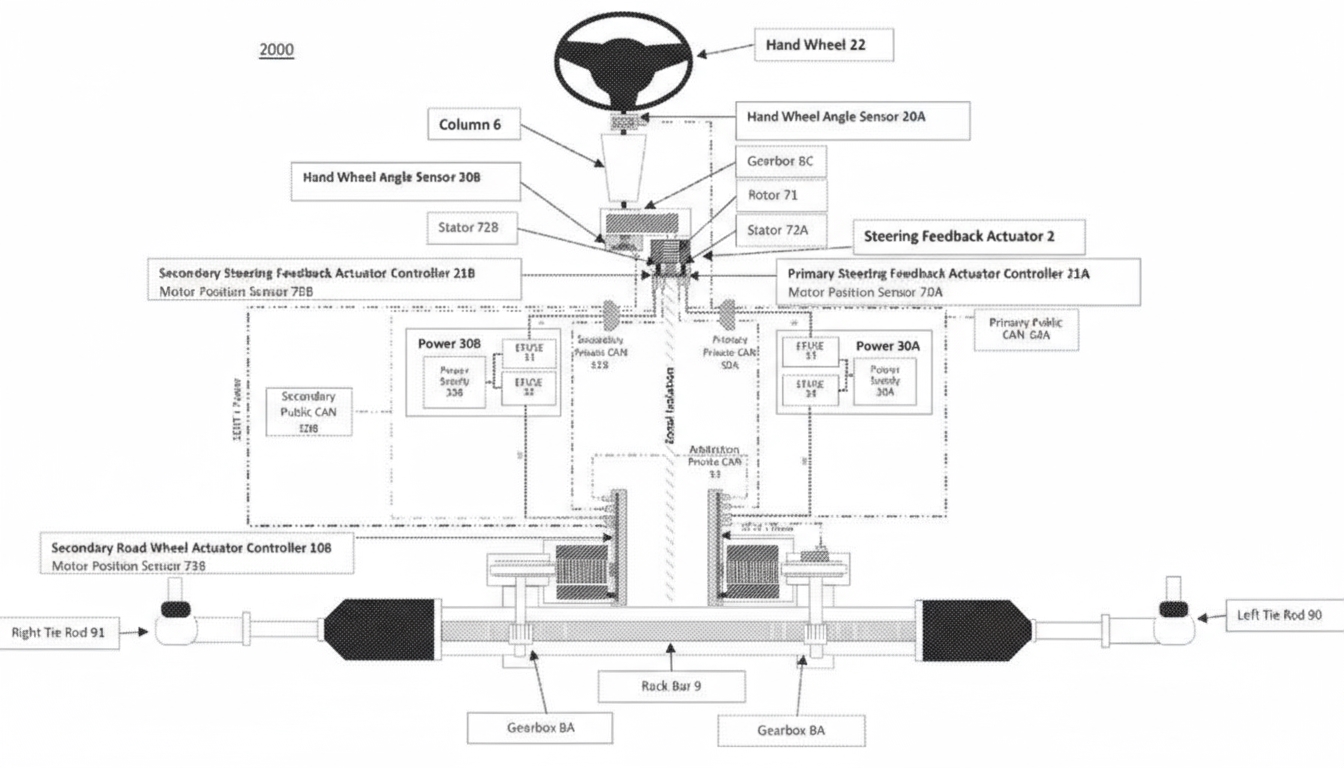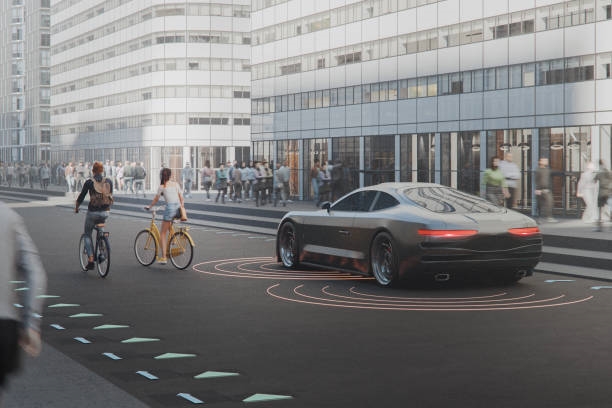Overview
Electric vehicles (EVs) are more popular than ever, but battery range anxiety remains a key reason some buyers hesitate. Increasing battery size is not always the answer, since it directly raises cost and vehicle mass. Redesigning high-energy auxiliary systems is therefore necessary, with thermal management a top priority. Heat pump solutions are considered one of the most energy-efficient options to reduce the impact of heating and cooling on driving range, but automotive applications require careful definition of system functions to avoid unnecessary complexity or oversizing. This article summarizes heat pump design best practices through virtual performance comparisons of different layout configurations chosen from a benchmark analysis and detailed vehicle subfunction considerations. Control strategy, system roles, cost, and target requirements are treated as the primary drivers and constraints for selecting an appropriate solution; the presented outcome should not be viewed as a single definitive winner.
Heat Pumps and EV Heating Challenges
As vehicle emissions regulations tighten, the automotive industry has accelerated development of electric platforms such as battery electric vehicles (BEVs). A major challenge for these vehicles is cabin climate control, especially heating, because available waste heat from their powertrains is very limited. The use of heat pumps is one possible solution to improve driving range in cold environments. Unlike internal combustion engine vehicles, EVs operate at much higher conversion efficiency and therefore lack sufficient low-grade waste heat for cabin heating.
PTC Heaters Versus Heat Pumps
A common method to provide cabin heat in EVs is a positive temperature coefficient (PTC) heater, which converts stored battery energy directly into heat via the Joule effect. Although electric heaters typically achieve nearly 100% first-law efficiency—so 1 kW of electrical input produces roughly 1 kW of heat—the practice of converting high-grade electrical energy directly into low-grade heat is often inefficient for cabin heating applications. Using a PTC heater can significantly deplete the battery and reduce driving range.
Heat pumps offer higher first-law efficiency and can deliver the same amount of cabin heat with less electrical energy, substantially increasing EV range in cold weather. Several commercial EV models have adopted heat pump systems for cabin heating, including the Nissan Leaf, Renault Zoe, and BMW i3, with reported range improvements on the order of 20-30% in cold conditions.
 ALLPCB
ALLPCB



